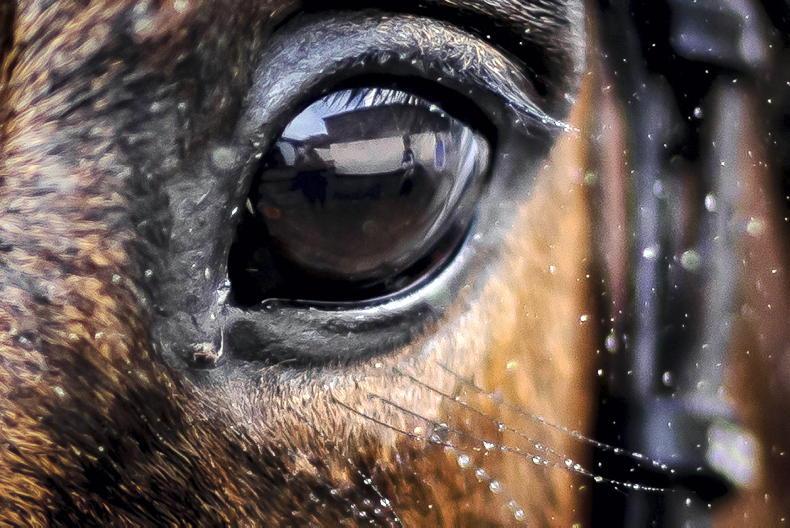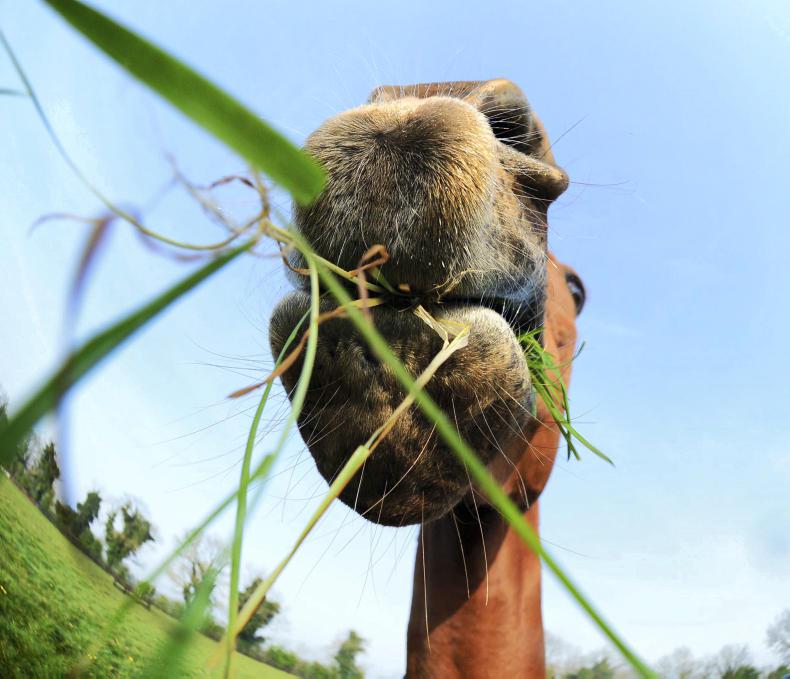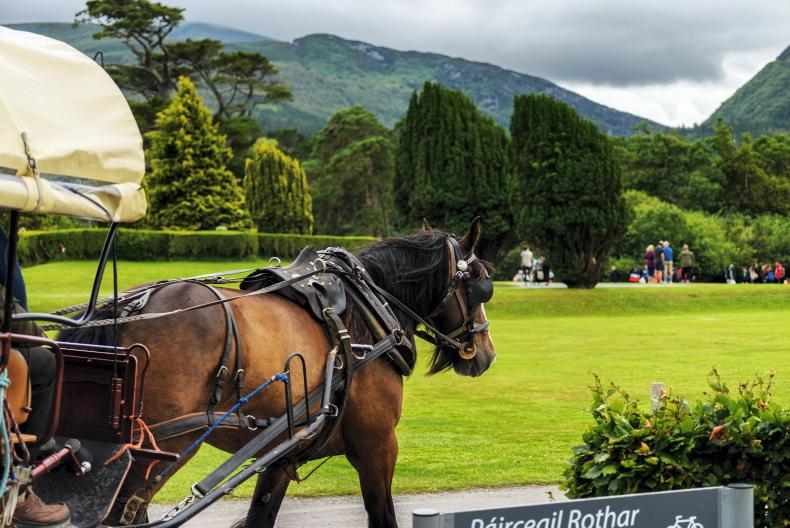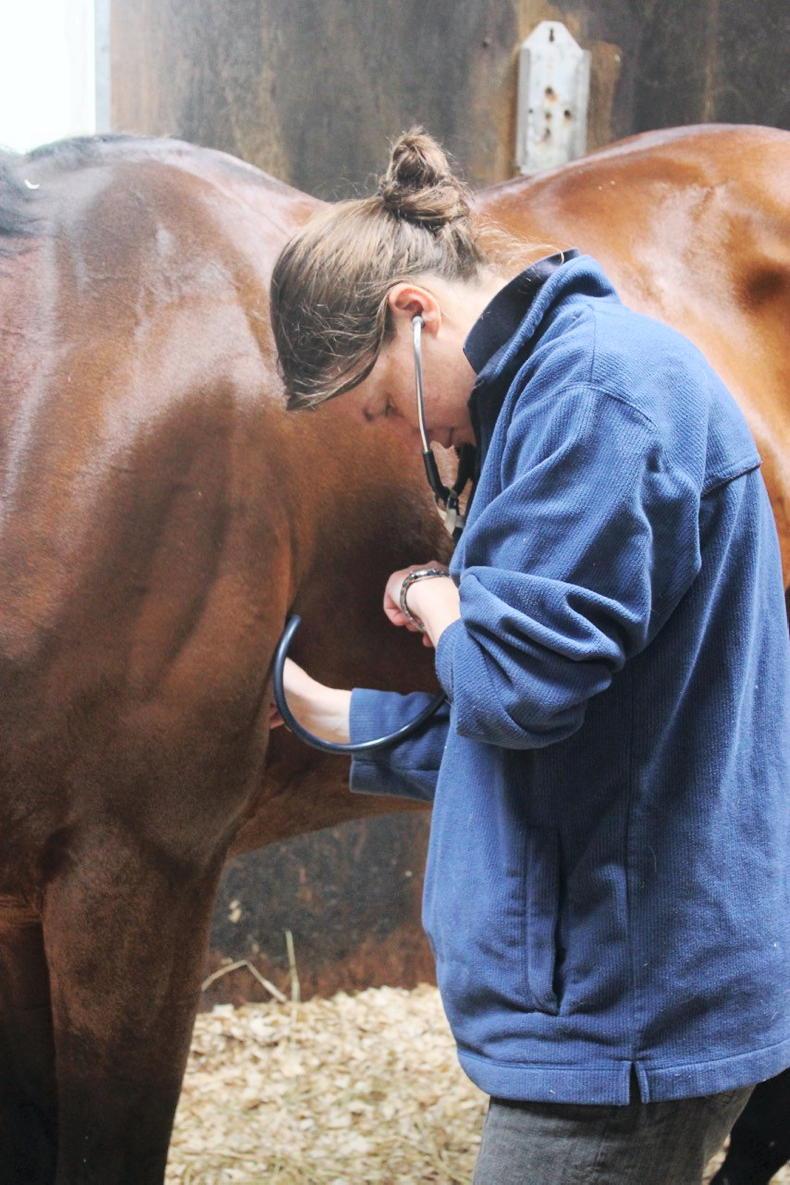IN early September the British Equine Veterinary Association (BEVA) hosted a meeting of presidents from similar organisations from as far away as the US and Australia, and as near home as Ireland and the continent. Common to all was a crisis in recruitment and retention – we are not attracting enough new vets to the equine ranks and we are failing to hold on to those we have. In future we may not have sufficient resources to service the needs of our horses and those who own them, to the obvious detriment of the industries/sports of which we are part, but also the welfare of the horses at their heart.
On recruitment, one theme shone through at the meeting. There is a fall-off in the numbers of veterinary students expressing the intention of entering equine practice between their first and their final year; many toward ‘working with companion animals and scratching my equine itch in my spare time’. What do they learn while learning their trade? What do they see while ‘seeing practice’?
We have only one vet school (UCD) on the island of Ireland. It has a fixed capacity and finite resources. Many Irish nationals currently graduate annually from vet schools abroad and their number, when returning, is swelled by an influx of non-Irish vets wishing to work here.
With almost 50 Irish nationals in first year at the Faculty of Veterinary Medicine at the Warsaw University of Life Sciences alone, and more than 100 non-Irish vets joining the register here annually in recent years, the problem is not one of desire!
The UCD school is constrained by the CAO points system in who they take into their available places; overseas vet schools are not. These conspicuously do not use secondary schools’ results as their stand-alone standard for student selection. There is currently talk of developing another vet school or two in Ireland. Consideration is being given to different systems of student selection and different models of student teaching. We watch this space with interest!
On retention, we recognise a general trend. In the past, many vets joined government, industry or academic ranks typically only after plying their trade in private practice for several years. In recent times, more are leaving clinical practice early, depleting the ranks of those left to service the farm and equine-owning community. The work-leisure balance is regularly cited: what my generation of equine vets accepted as ‘normal’ – cutting a colic in place of attending a family Sunday lunch; taking the kids on calls as the only child-care option – is less likely to be considered acceptable.
And it is unfair to expect otherwise: the world has changed in that time and we must adapt with it.
Companion animal practice welcomes more of our recent vet graduates into its arms – potentially offering more flexible sessions, better work rotas, shared out-of-hours services, less travel, more modern equipment and facilities.
Can we adapt in equine practice and adopt better work models? We need to recruit those with a real passion for working with horses and horsepeople, and a real desire to safeguard their future welfare. We then need to keep these gems among us once we have them.
As some at the BEVA meeting memorably put it: “It’s not the work, it’s the workplace! We must make the work fit the workforce and not the workforce fit the work.”
Many are motivated when young to work with horses – we need to foster them as they train, mentor them in their early years and keep them fulfilled in the equine industry. Let’s not lament their loss from equine practice if they go when we might have kept them.


 This is a subscriber-only article
This is a subscriber-only article
 It looks like you're browsing in private mode
It looks like you're browsing in private mode










SHARING OPTIONS: